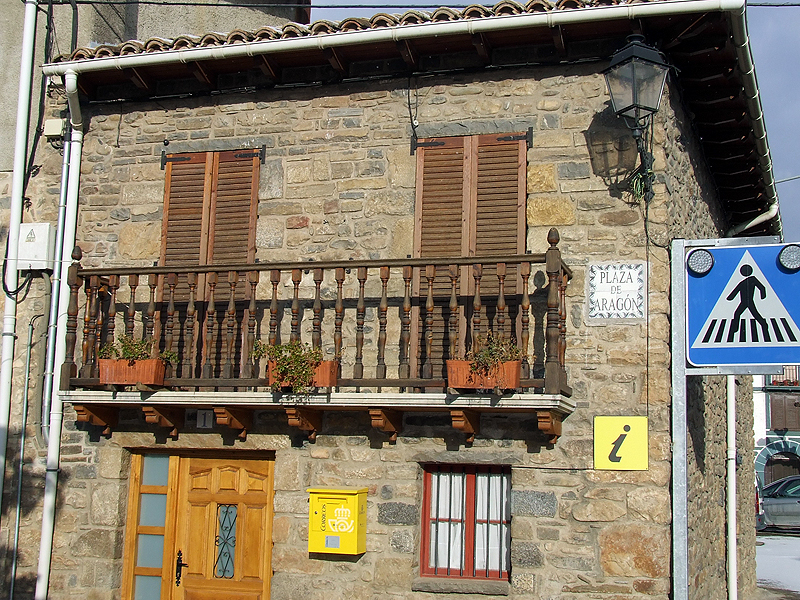Sigüés. Museum of log rafting
C/ Notario, 2. 50628 SIGÜÉS
T. (+34) 948887035
eiland@sigues.es
The exportation downriver of the wood from the forests of Navarre did not begin on the river Esca until the 17th century despite this having being a well-known activity in Pyrenean valleys such as Hecho since the 14th century. The transportation of logs became crucial to the development of the villages and the profession of log rafting became widespread among the inhabitants. Due largely to the dangers involved, the salaries of these men were up to five times higher than the salaries of men working in the fields. Rafters were away from their homes from November to June, May being the busiest month due to the snow-melt and increased volume of water in the rivers.
In order to make the transport of logs profitable, the journey to Zaragoza had to take no more than seven days there, and three for the return journey. If they were going to Tudela, they were obliged to return in two days and a trip to Tortosa allowed five days for the return journey. The log runners of Sigüés tried to reduce the transport of wood to five or six days at the most. In this way they increased their profit margins and made more money.
Nowadays, there are still some rafters living in Sigüés. Many inhabitants still remember when they were little, watching them tie up their log rafts to the dock before coming up to the village for lunch while the children played on the rafts and pretended to be intrepid log-runners. The Museum of Log Rafting in Sigüés, within the old town hall, helps the visitor rediscover this lost profession.
Ver Museo Etnológico de las Almadías de Sigüés en un mapa más grande
In order to make the transport of logs profitable, the journey to Zaragoza had to take no more than seven days there, and three for the return journey. If they were going to Tudela, they were obliged to return in two days and a trip to Tortosa allowed five days for the return journey. The log runners of Sigüés tried to reduce the transport of wood to five or six days at the most. In this way they increased their profit margins and made more money.
Nowadays, there are still some rafters living in Sigüés. Many inhabitants still remember when they were little, watching them tie up their log rafts to the dock before coming up to the village for lunch while the children played on the rafts and pretended to be intrepid log-runners. The Museum of Log Rafting in Sigüés, within the old town hall, helps the visitor rediscover this lost profession.
Sigüés Tourist Office . [ Jacetania ]
Also consult...
¤ Monuments
¤ Nature
¤ Villages
¤ Sport
¤ Tourist Offices
¤ Museums and Interpretation Centres
Guided tours 360°
Ciudadela de Jaca
[Español] · [Inglés]
Monasterio de San Juan de la Peña
[Español] · [Inglés]
Fort du Portalet
[Español] · [Francés]
follow us in...




 Comarca de La Jacetania
Comarca de La Jacetania
C/ Ferrocarril s/n 22700
JACA (Huesca)
T. (+34) 974 356 980
F. (+34) 974 355 241
:: Oficina de Turismo de JACA: 974 360 098
:: Oficina de Turismo de CANFRANC:
974 373 141
Site Map








